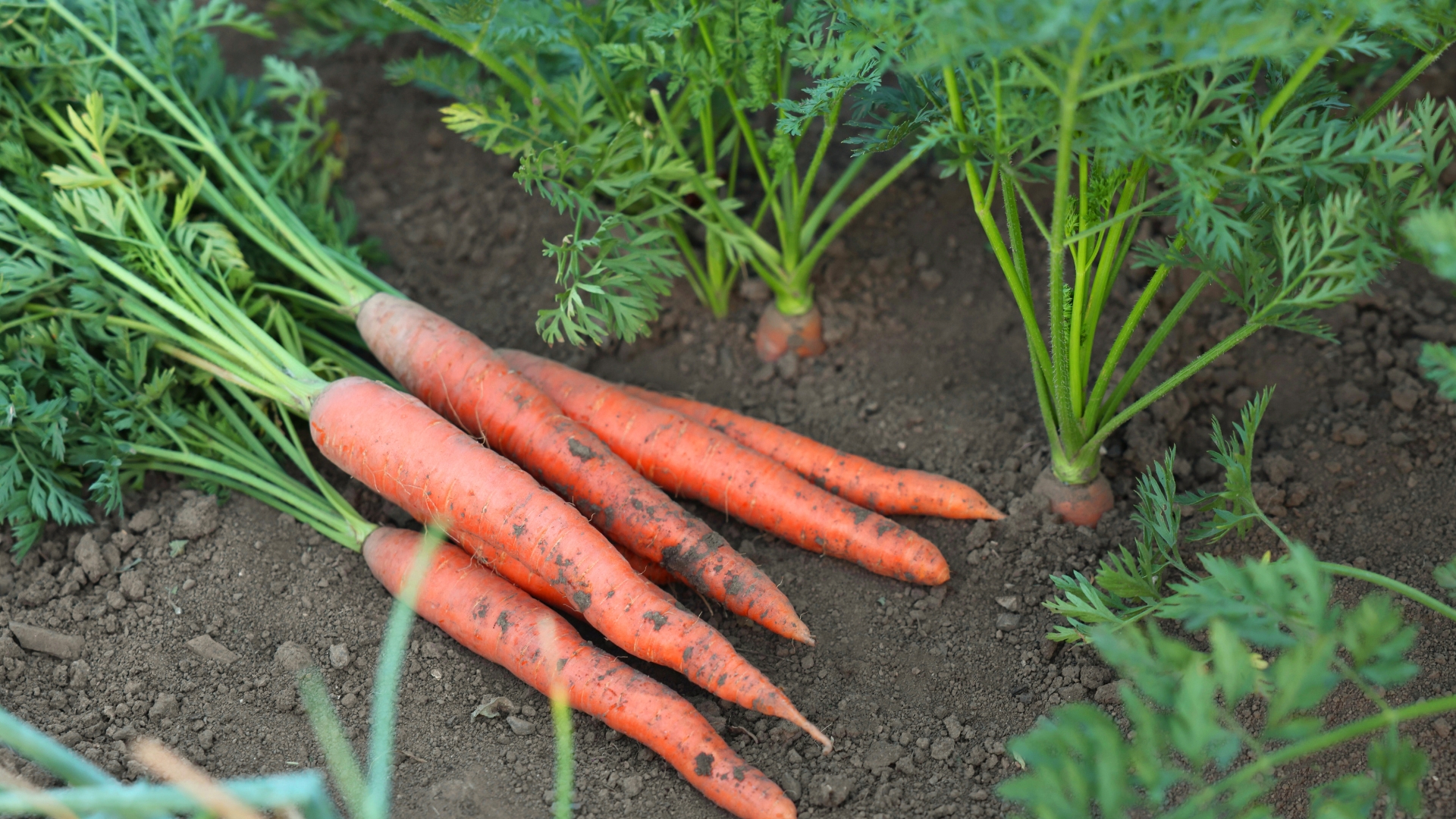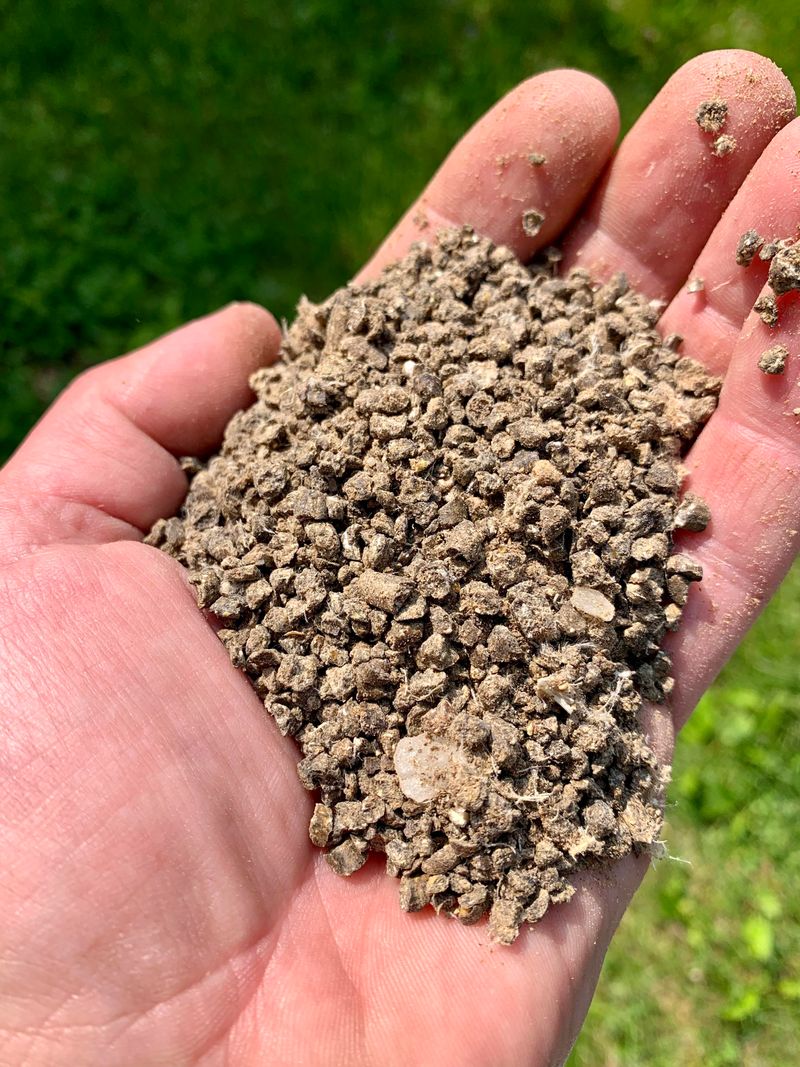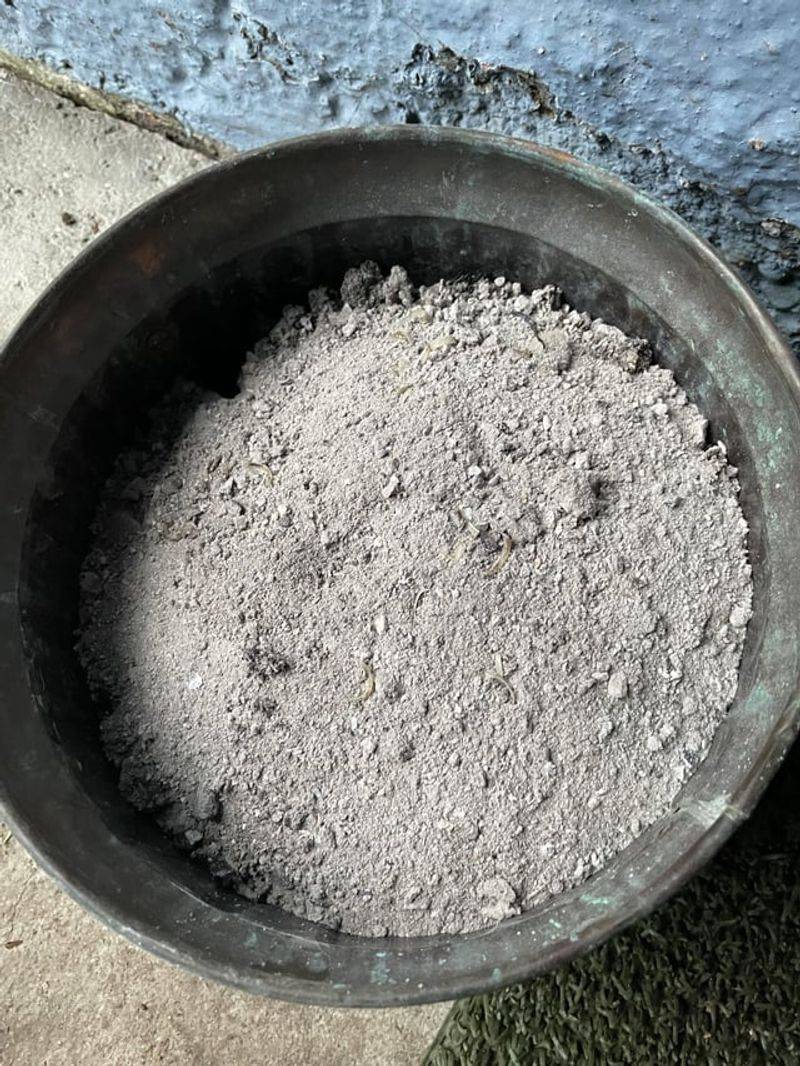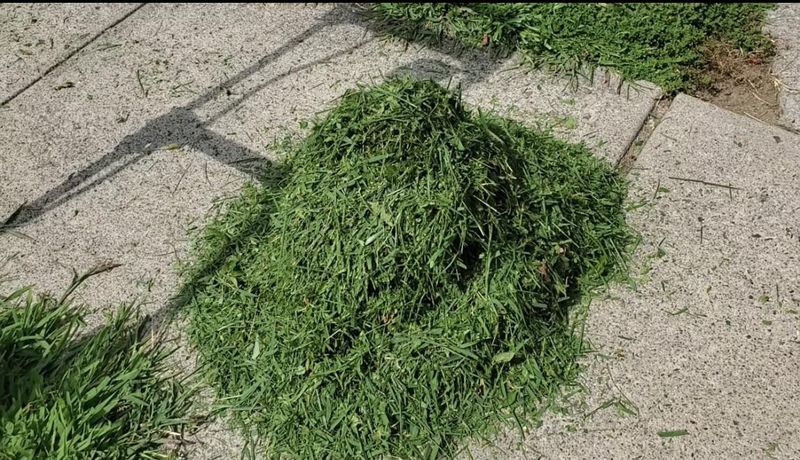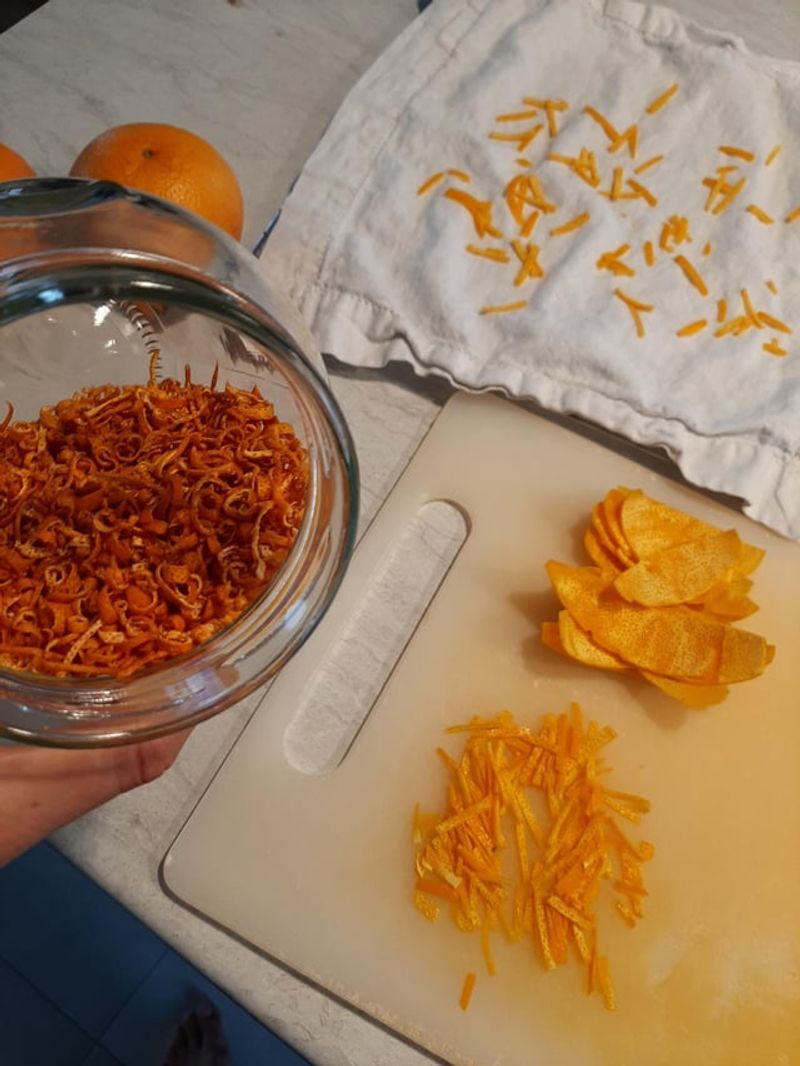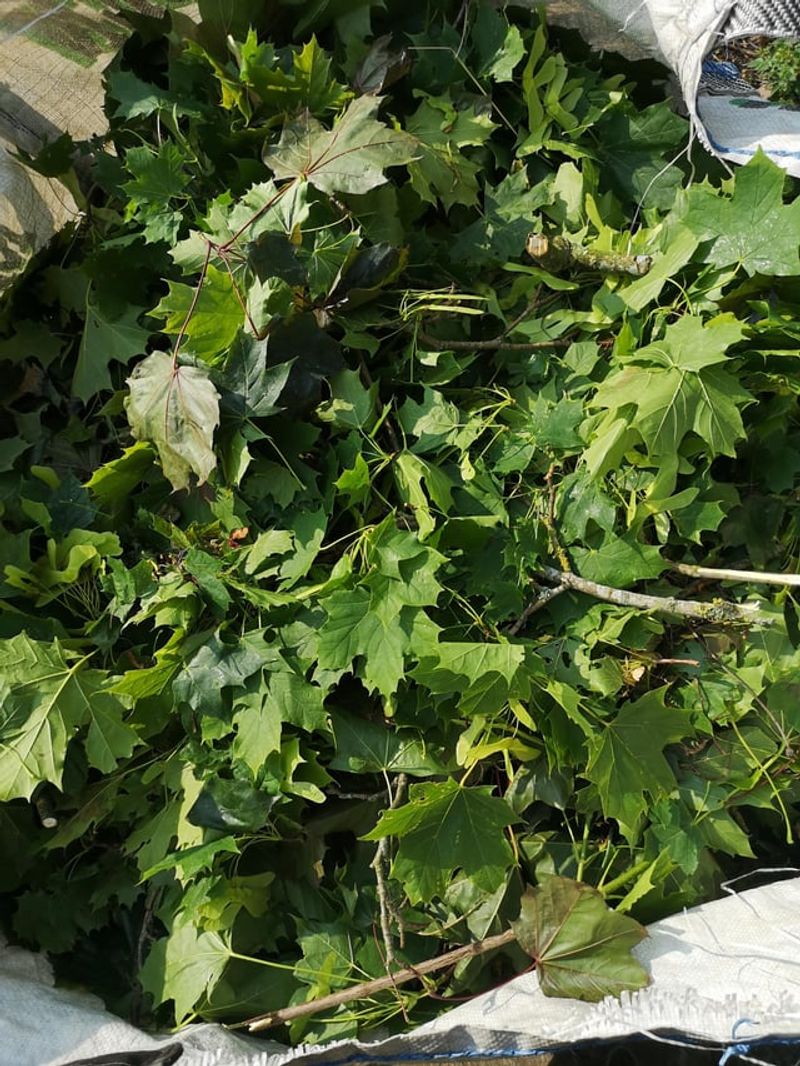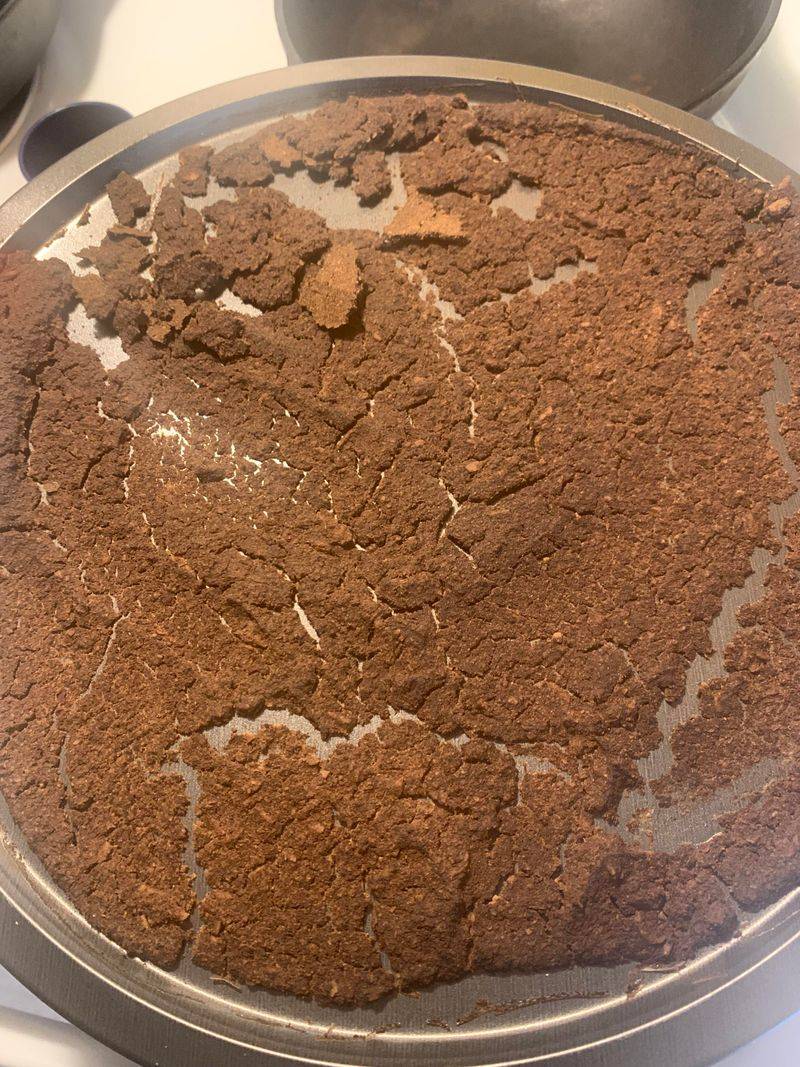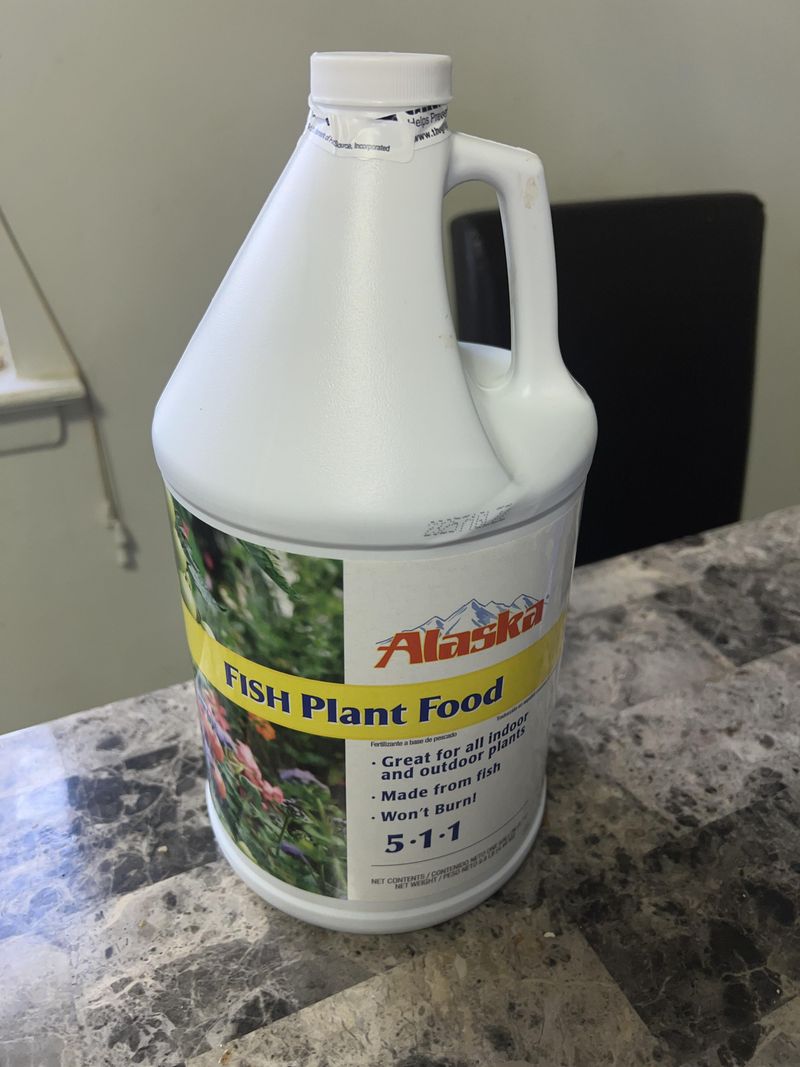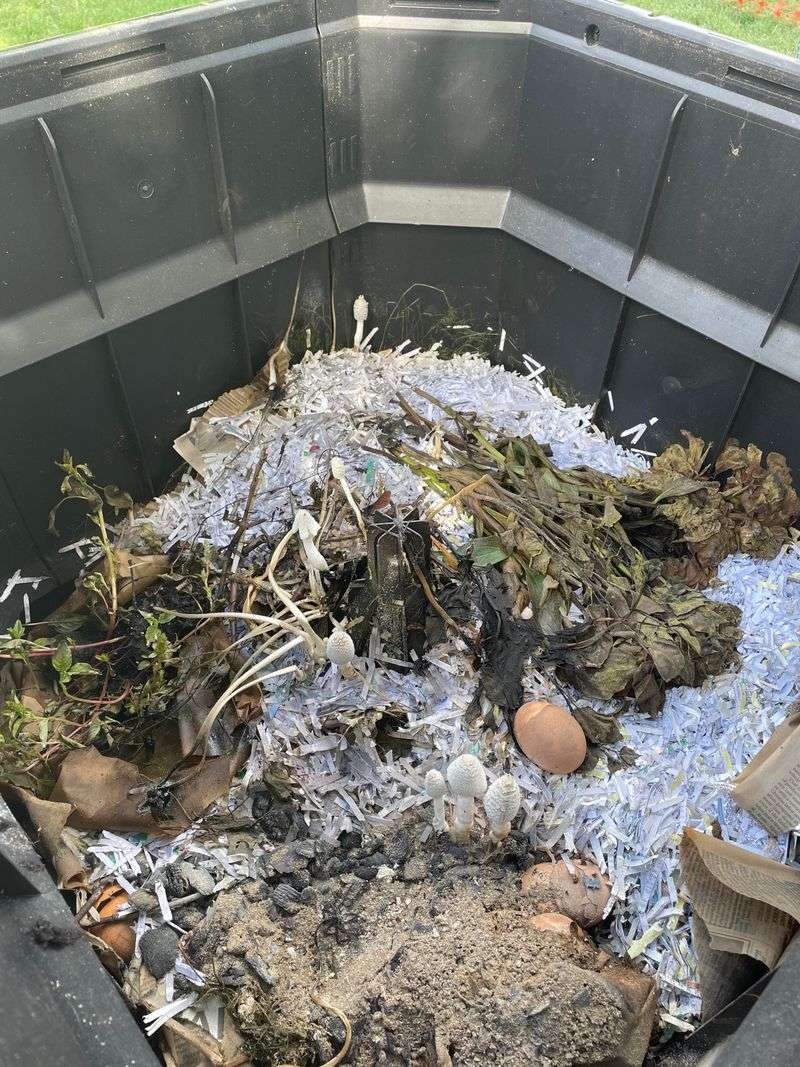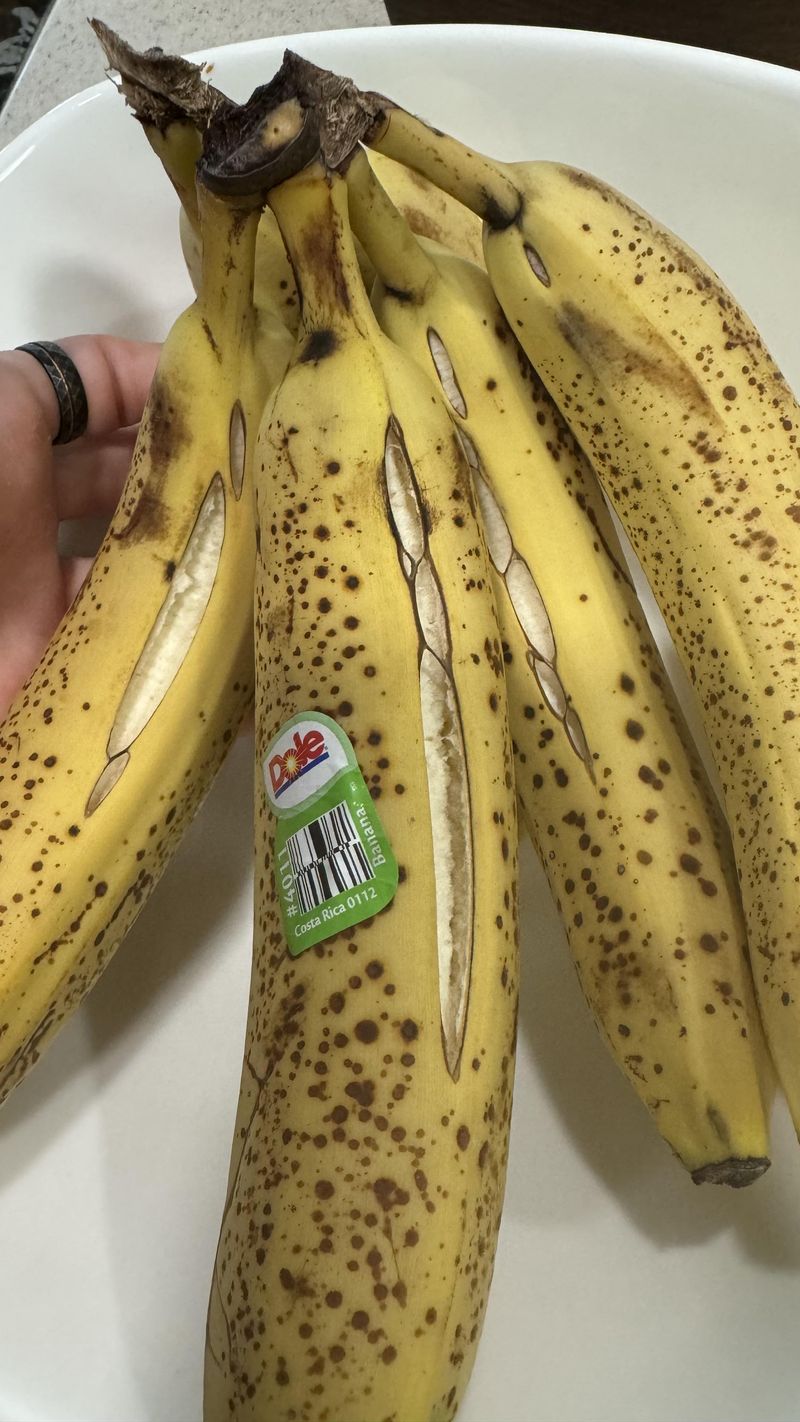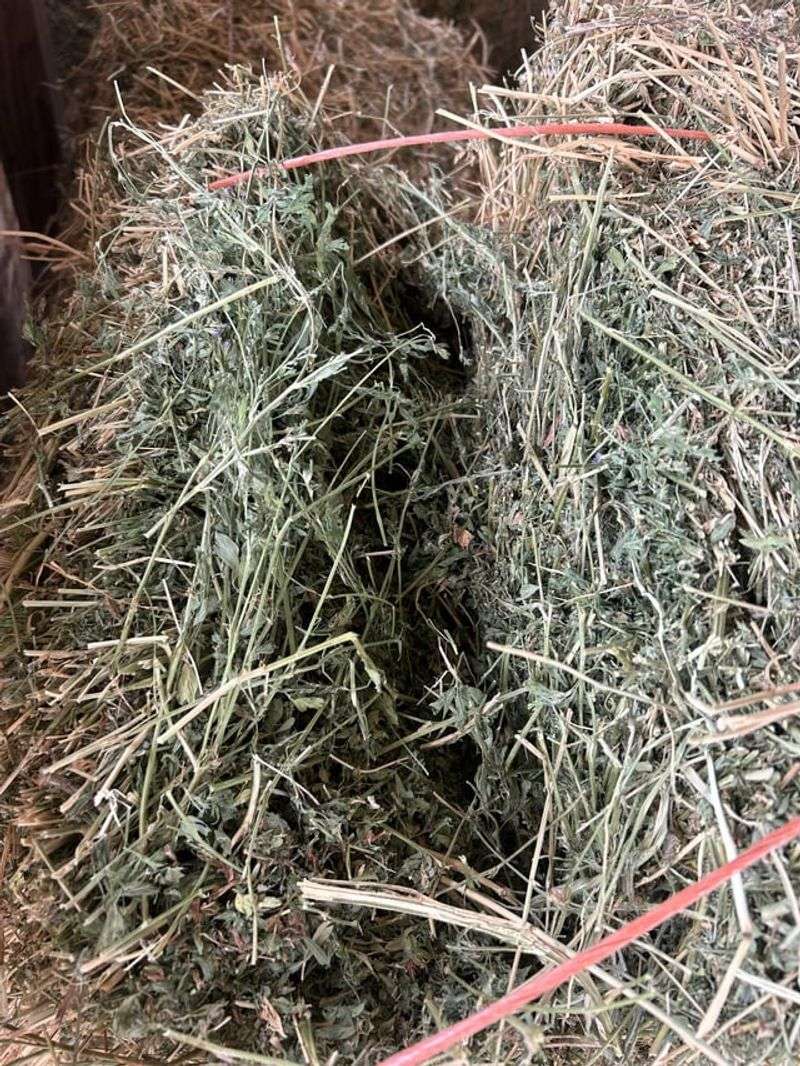Carrots can be a little picky in Ohio soil, and the wrong fertilizer can really throw them off. I’ve learned the hard way—what seems like a helpful boost can actually twist, fork, or stunt those roots.
Some fertilizers just don’t play nice with carrots, especially if they’re too rich in certain nutrients. Ohio gardeners have figured out what to skip to keep those carrots growing straight and strong.
If your harvest hasn’t been looking quite right, one of these might be the culprit.
1. Fresh Chicken Manure
Too much nitrogen burns carrot roots and causes them to fork awkwardly. Ohio gardeners often discover this the hard way after applying fresh poultry waste directly to their beds.
Always compost chicken manure for at least six months before using it near root vegetables in your Buckeye State garden. The high ammonia content can persist in cooler Ohio spring soils.
2. Coffee Grounds
Surprisingly, those morning coffee leftovers can wreak havoc on carrot development. The acidity alters Ohio’s typically neutral clay soils, creating conditions where carrots struggle to develop properly.
Many gardeners across the Buckeye State mistakenly dump grounds directly around growing carrots. Instead, compost them first to neutralize their acidic properties before applying to your vegetable beds.
3. Raw Wood Ash
Fireplace remains might seem like free fertilizer, but they’re surprisingly alkaline. When spread on Ohio garden beds, wood ash raises pH levels beyond what carrots prefer, causing nutrient lockout.
The calcium and potassium compounds in fresh ash can bind with other nutrients in Ohio’s clay-heavy soils. This leaves your carrots unable to access essential minerals needed for proper development.
4. Green Grass Clippings
Fresh lawn trimmings generate intense heat while decomposing. When placed around carrot seedlings in Ohio gardens, they can literally cook delicate roots and release too much nitrogen too quickly.
The Midwest’s summer humidity makes this problem worse in Ohio gardens. Let those grass clippings dry completely or compost them before applying anywhere near your precious carrot rows.
5. Citrus Peels
Those orange and lemon rinds from your kitchen contain oils that can harm soil microbes. In Ohio’s clay-heavy gardens, these oils break down slowly, creating toxic conditions for developing carrots.
Many gardeners across the Buckeye State add citrus directly to gardens thinking they’re adding nutrients. Always compost them thoroughly first to neutralize the oils before using around root vegetables.
6. Uncomposted Leaves
Fall brings mountains of leaves across Ohio, but adding them fresh to carrot beds spells trouble. Raw leaves can mat together, blocking water penetration and creating fungal problems in our humid climate.
The tannins in fresh oak leaves, common throughout the Buckeye State, can inhibit root growth. Always shred and compost leaf matter before using it around carrot plantings.
7. Fresh Walnut Hulls
Ohio’s abundant black walnut trees produce hulls containing juglone, a natural growth inhibitor. This toxic compound prevents carrot roots from developing properly and can persist in soil for months.
Many Buckeye gardeners unwittingly use walnut shell mulch near vegetables. Keep all walnut materials far from carrot beds or compost them for at least a year before garden use.
8. Bone Meal
While excellent for flowering plants, bone meal provides excessive phosphorus that disrupts carrot development. Ohio’s naturally phosphorus-rich soils often don’t need more of this nutrient for root vegetables.
The high calcium content in bone meal can also bind with other nutrients in Buckeye State gardens. This creates imbalances that lead to forked, stubby carrots instead of the long, straight ones you’re hoping for.
9. Fish Emulsion
This popular liquid fertilizer packs too much nitrogen for carrot development. In Ohio’s variable spring conditions, excess nitrogen from fish products encourages leafy tops at the expense of root growth.
Many gardeners across the Buckeye State apply fish emulsion thinking more fertilizer equals better results. With carrots, this creates lush green tops but disappointing, bitter roots when harvest time arrives.
10. Fresh Comfrey Tea
Comfrey leaves steeped in water create a potent brew many gardeners swear by. However, for Ohio carrot patches, the high potassium content can disrupt nutrient balance in already potassium-rich soils.
Buckeye State gardeners often find their carrots develop rough skin and poor flavor when comfrey tea is applied too frequently. Dilute this natural fertilizer extensively or skip it entirely for your carrot beds.
11. Mushroom Compost
Commercial mushroom compost often contains high salt levels that stunt carrot growth. Ohio’s clay soils can trap these salts, creating lasting problems for root vegetables in your garden beds.
Many Buckeye State garden centers sell mushroom compost as premium soil amendment. While excellent for some plants, use it sparingly around carrots or age it thoroughly before application.
12. Banana Peels
Raw banana peels release too much potassium as they decompose. For Ohio carrot beds, this creates imbalanced soil where root development suffers while tops grow lush and green.
Gardeners across the Buckeye State often bury banana peels directly in planting holes. Always compost them first or use sparingly around carrots to avoid creating misshapen, bitter roots.
13. Alfalfa Meal
This legume-based fertilizer contains triacontanol, a growth hormone that can overdrive leafy development. Ohio gardeners using alfalfa meal often find their carrots putting energy into tops rather than roots.
The Buckeye State’s humid growing season already encourages vigorous foliage growth. Adding alfalfa meal can push this imbalance further, resulting in beautiful carrot tops but disappointing roots at harvest time.

